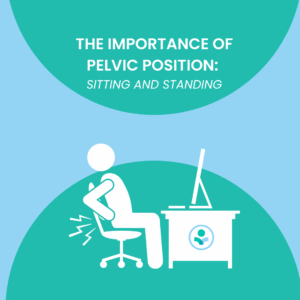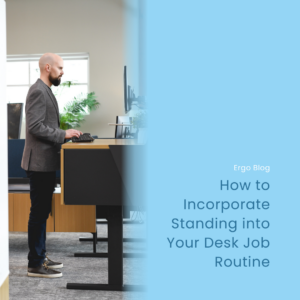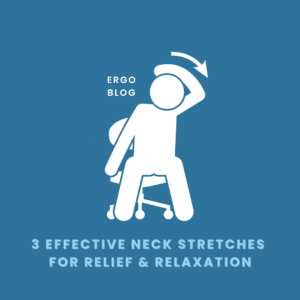Updated: Jan 18, 2024
How to Choose the Right Office Chair for Your Workspace
To maintain productivity and ensure your physical well-being, selecting the right office chair is crucial. A comfortable, ergonomically designed chair can make a significant difference in your workday, reducing the risk of discomfort and long-term health issues. In this blog, we’ll guide you through the essential factors to consider when choosing the perfect office chair for your workspace.
1. Ergonomics Matter
Ergonomics is the science of designing products and workspaces to maximize comfort and efficiency while reducing the risk of musculoskeletal problems. When selecting an office chair, prioritize ergonomics. Look for chairs that offer:
- Adjustable Height: Your feet should rest flat on the floor, and your thighs should be parallel to the ground, forming a 90 to 100-degree angle at the knees.
- Lumbar Support: Proper lumbar support maintains the natural curve of your spine, preventing lower back pain. Ensure the chair you choose has adjustable lumbar support.
- Full Back Support: Getting support throughout your back allows your muscles to rest instead of trying to work continuously to keep you upright. An ideal backrest is positioned to support your low back, all the way up to your mid should blade.
- Seat Depth: The seat should be deep enough (if you are tall) and shallow enough (if you are short) to support your thighs without pressing against the back of your knees. There should be a one-to-two-inch gap behind your knees when you are scooted all the way back in your chair.
- Armrests: Adjustable armrests allow you to find the right height for your arms, reducing shoulder and neck strain. Armrest can adjust up, down, in, out, forward, back and sometimes rotate. Shoulders should comfortably rest on the armrests with good posture and elbow angle at 90 to 100-degrees. Shoulder position is usually at 20 degrees of abduction.
- Swivel and Mobility: A chair with 360-degree swivel and smooth-rolling casters allows for easy movement around your workspace.
2. Material and Padding
Consider the materials used in the chair’s construction and the quality of the padding. Breathable, high-quality fabric can make a significant difference in comfort. A well-padded seat and backrest can prevent discomfort during prolonged sitting sessions. Avoid getting a chair with faux leather as this can cause difficulties with staying cool. When our bodies work hard to try to keep cool, fatigue can set in which can make the workday more challenging and unproductive.
3. Size and Dimensions
Ensure that the chair you select fits your body properly. Consider the chair’s dimensions, including the width and depth of the seat. If you’re taller, look for a chair with a higher backrest to support your entire spine. If you are shorter, look for a chair where the seat pan is shallow enough. It’s essential to try out the chair before purchasing, if possible, to ensure a comfortable fit.
4. Adjustability Options
An office chair with various adjustable features allows you to fine-tune it to your body’s specific needs. Check for options such as:
- Seat Height Adjustment: This allows you to position your feet comfortably on the floor.
- Tilt and Tension Control: The ability to recline the chair and adjust the tension in the backrest can improve comfort and relaxation.
- Armrest Adjustability: Adjustable armrests should be at a height that allows your arms to rest comfortably while typing or using the mouse.
- Lumbar Support Adjustment: Placing your added lumbar support right where you need it is key.
5. Durability and Build Quality
Invest in a chair made from sturdy materials that can withstand daily use. Look for chairs with a metal or heavy-duty plastic base, and consider the warranty as an indicator of the manufacturer’s confidence in their product.
6. Style and Aesthetics
While comfort and ergonomics are paramount, the chair’s style and aesthetics should also align with your workspace’s decor and your personal preferences. A chair that looks good and fits your office’s overall theme can boost your motivation and creativity.
7. Budget
Office chairs come in a wide range of price points. While it’s tempting to go for the cheapest option, remember that a good-quality, ergonomic chair is an investment in your health and productivity. Set a reasonable budget that allows you to find a chair that meets your needs without compromising on quality.
Choosing the right office chair is essential for your comfort, productivity, and long-term health. Prioritize ergonomics, select a chair that fits your body, and consider adjustability, materials, and durability. A well-chosen office chair will not only make your workdays more comfortable but also contribute to your overall well-being in the workplace. Take the time to research and test various options to find the perfect chair that suits your needs and preferences. Your body will thank you for it in the long run.
Check out our YouTube video below for a visual representation of the blog!



